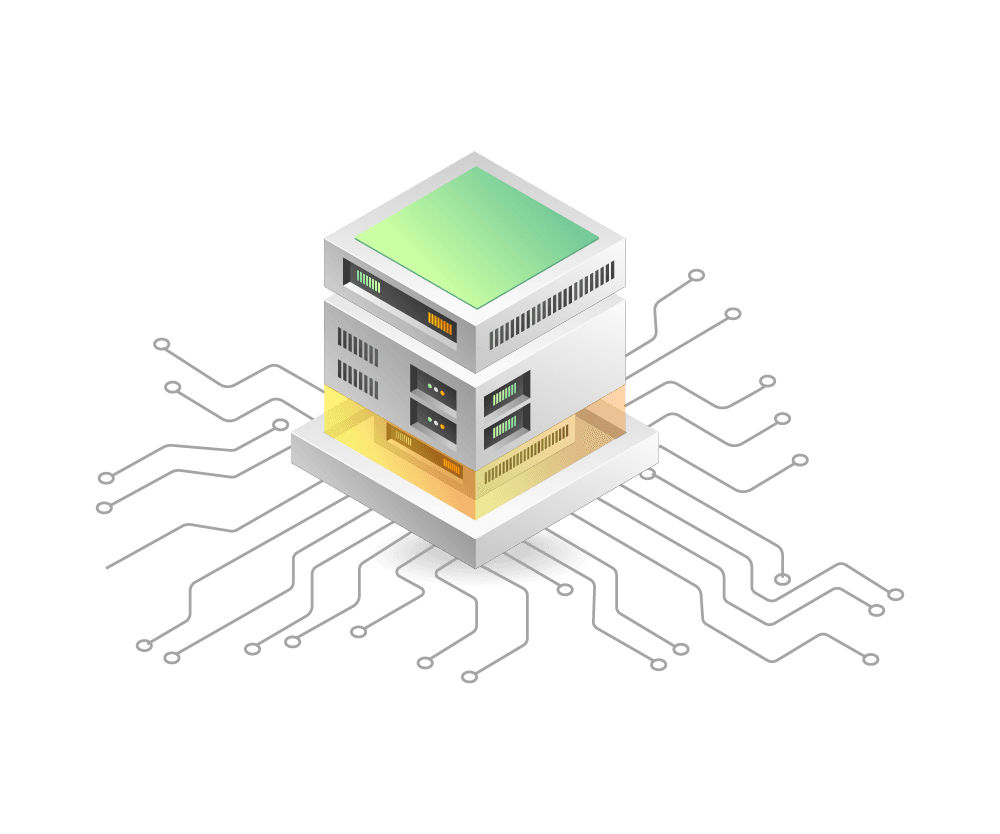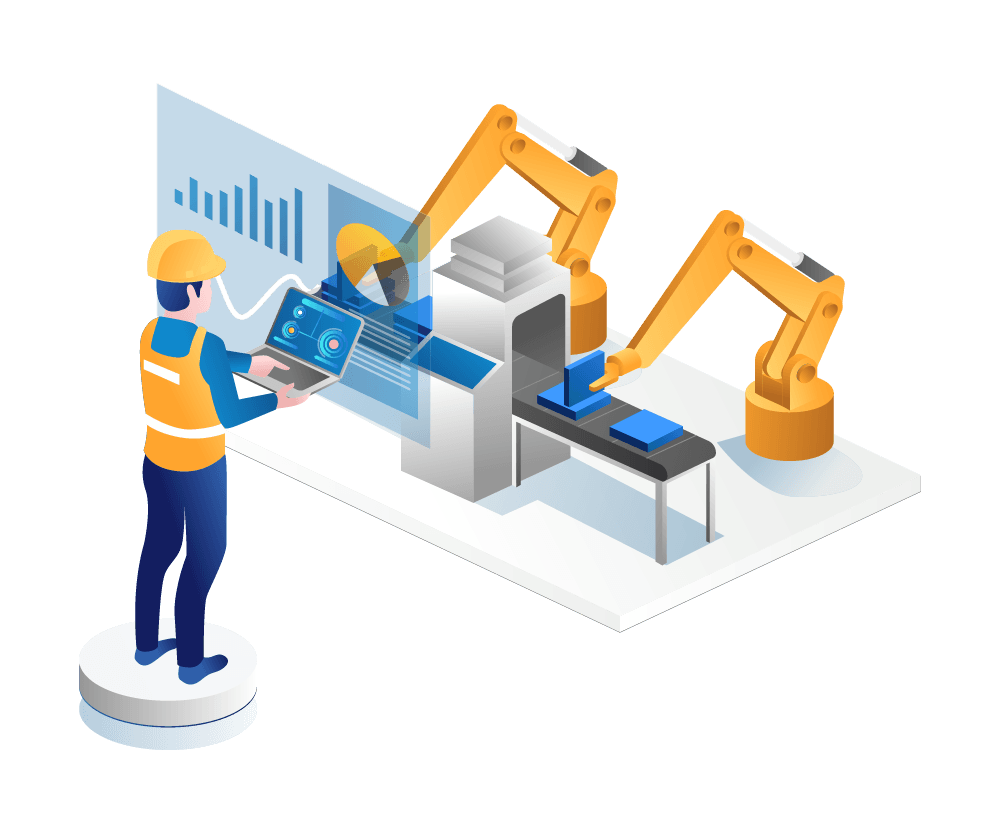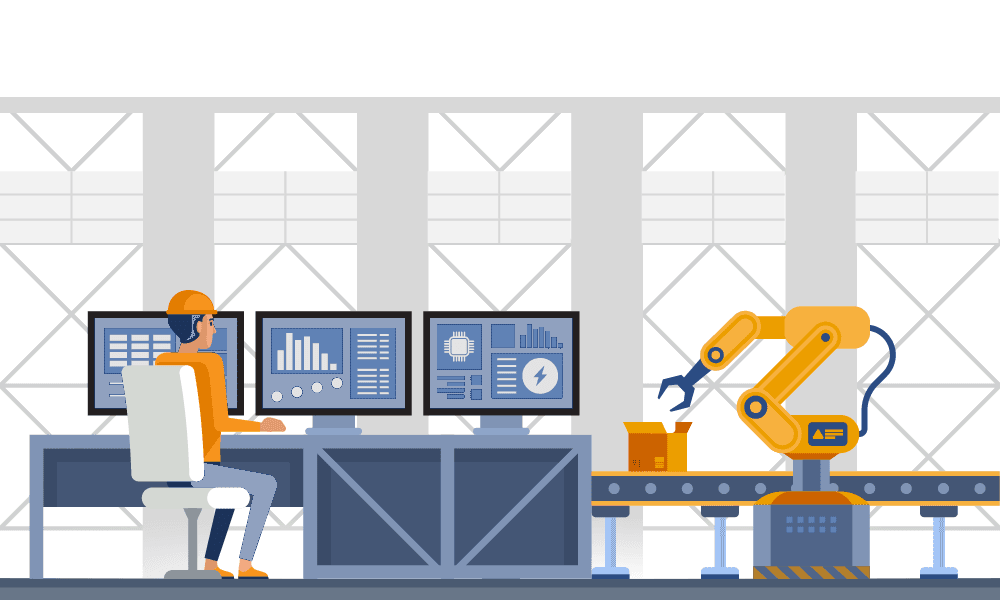PLC Programming and Automation
Seamless automation for food production industries
Your key to automation's symphony. Code unlocks the door to efficiency, orchestrating a world where machines dance flawlessly. Say goodbye to manual chaos and embrace the rhythm of synchronized productivity. Step into the future, where PLC Programming reigns supreme. Join the revolution, conduct the power, and let automation's melody take you higher!


Automation Design
Once all parameters for production line are set, the team will begin to work on connecting all the components.
Teamwork with field experts
Collaborating closely with domain experts to gain deep insights into the process flow, identifying pain points, and envisioning the desired improvements.
Network development
Analyzing the process, establishing connections, designing precise logic, and integrating safety measures unlock efficiency.
Monitoring
Real-time data acquisition, remote control, VPN and historical analysis of every step of your production process.
Electrical wiring and diagrams
Electrical wiring plays a crucial role in establishing the communication between devices in factory and the PLC.
Connecting the dots
Electrical wiring ensures the electricity from devices is properly transmitted to the PLC inputs, and the output signals from the PLC reach the intended devices.
100% efficient
By correctly wiring the system according to the electrical diagram and specifications, PLC programming can effectively control and monitor industrial processes.
Alarms and warnings
Essential tools for monitoring and troubleshooting industrial processes, ensuring safe and efficient operations
Equipment, procedural and system alarms
They indicate failure reported by control module, sequence control or control system. Alarms are designed to attract operator attention, red, bright and flashy.
Warnings
Warnings are notification messages to the operator similar to alarms but with a
lower priority. Often used as a pre-warning.
